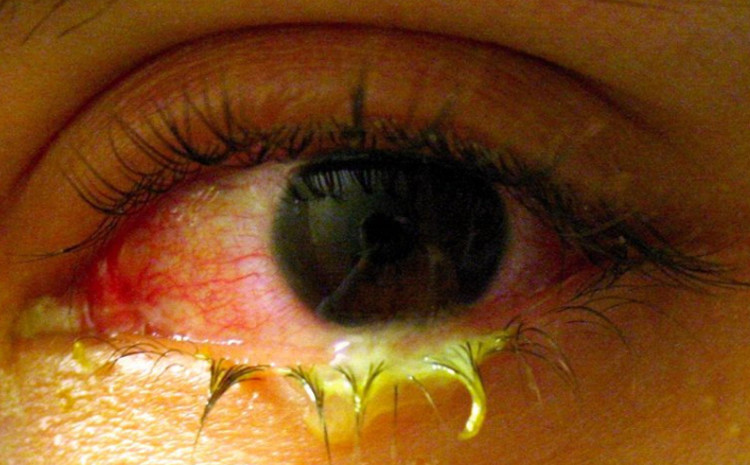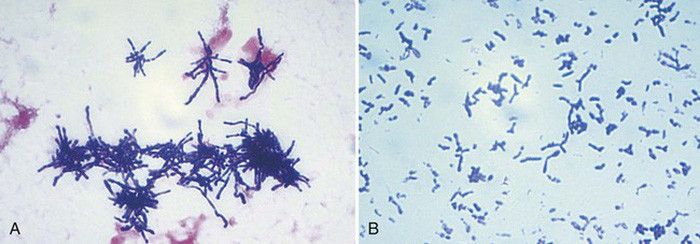Detecting shock: In the eyes of 1 microbial community exists
The eyes, which are thought to be "sterile" but new findings show that there are bacteria like in our gut.
Although there are many bacteria in our bodies, they mostly live in the intestines or other skin areas. Since ancient times, many people still believe that the eyes - the window of the soul is the "sterile" place .
However, research by scientists from the National Eye Institute (NEI) recently showed that it turns out in our eyes that there is a microbial community that can protect us from disease. .

Our eyes exist a microbial community, which can protect us from disease.
This conclusion was made after Rachel Caspi of the NEI immunology laboratory and her colleagues conducted the experiment.
Accordingly, experts have studied the eyelids of mice and found a lot of bacteria including Corynebacterium mastitidis bacteria - a type of bacteria that usually live on human skin.
Bacteria look a bit strange - there is a common rod shape, thin fibers called filaments . They are known to create an immune response, which helps prevent the development of pathogens in the eyes.
The research leader - Dr. Anthony St. Leger of the National Institutes of Health said: "C. mastitidis is a permanent resident in the eye, not a stranger who enters the eye. They have been here since you were in your childhood. ".

Bacteria look a bit strange - there is a common rod shape, thin fibers called filaments.
Further research, the team divided 2 groups of mice and gave them the same conditions. One group had C. mastitidis, the other group did not.
As a result, C. mastitidis does not spread from one group to another, but they actually multiply in the eye. According to experts, the bacteria is transmitted from mother to child.
Although more research has to be done, the experts initially realized that the bacterium is always visible in the eyes and has a useful function to create an immune response , helping to prevent the development of strange pathogens.

Our bodies are an extremely strange machine and there is still a lot to discover.
From this finding, Caspian expert said that our eyes also have similar bacterial communities because biologically, the eyes of people and mice are similar.
According to the research team, there are many things we need to learn about this symbiotic relationship . It is unclear whether C. mastitidis survives and survives in the harsh conditions of the conjunctiva, but it still exists and stands out against many other pathogenic bacteria.
This finding will help us better understand the microbial community in the body in particular and the excitement of the body in general. That shows, our bodies are a very strange machine and there is still a lot to discover.
- Staring in the eye after an electric shock
- Detecting microbial populations in places without oxygen and light
- 19 most obsessive eyes in the history of world photography
- Tips for dealing with
- 10 years from now there will be microbial electricity
- Thermal shock: Danger of life when riding in a sunny car
- Fifty facts about eyes
- First aid when electrocuted
- How to handle thermal shock in cars
- The mystery of eyes 'killing people with just one look'
- Interesting things about the eyes
- Strange possibilities of eyes
 Green tea cleans teeth better than mouthwash?
Green tea cleans teeth better than mouthwash? Death kiss: This is why you should not let anyone kiss your baby's lips
Death kiss: This is why you should not let anyone kiss your baby's lips What is salmonellosis?
What is salmonellosis? Caution should be exercised when using aloe vera through eating and drinking
Caution should be exercised when using aloe vera through eating and drinking